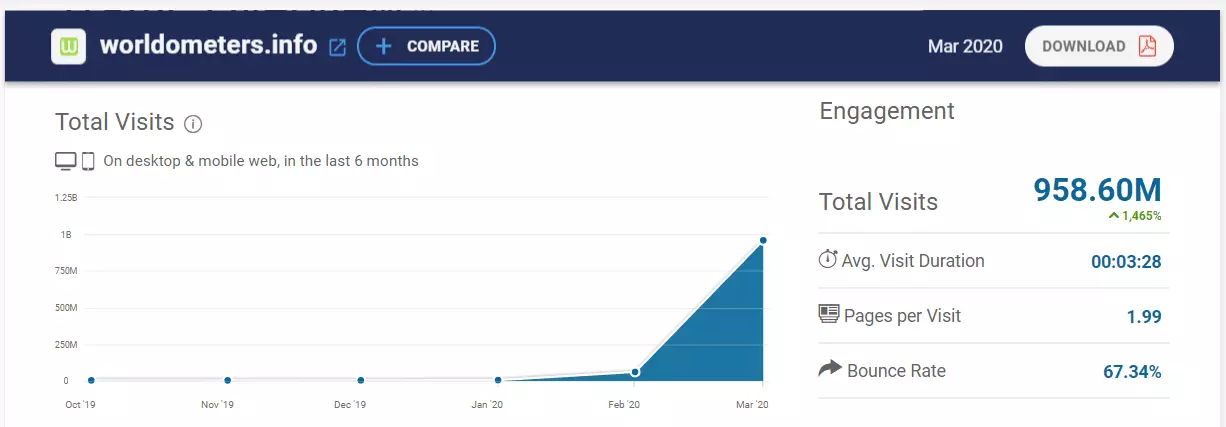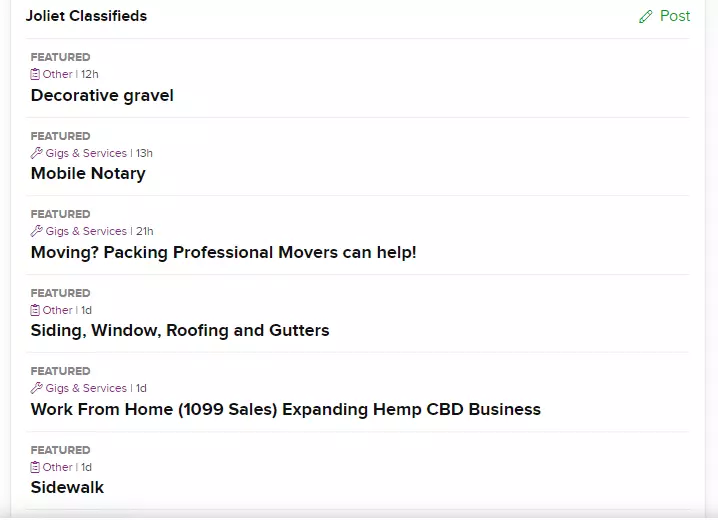The traffic is increasing but the revenue is decreasing. CPM is falling because advertisers are halting their campaigns. Businesses are facing losses, the world economy is moving towards a recession, and as if all this was not enough, keyword blacklisting is on the rise to hit the publishers even harder.
Earlier this month we saw how brands are blocking ads on even the premium sites like The New York Times, CNN and USA Today. The blockage was in the range of 35% to 70%. And now the term “coronavirus” is the most blocked keyword. So yes, you are not the only one suffering from keywords blacklisting.
While we have already discussed various strategies for publishers to mitigate the impact of the COVID-19 crisis in our previous blog, here we will be focussed on what other publishers are doing to deal with the situation.
Table of Contents
Newsletter Ads
If you aren’t, you can run ads on your email newsletters. For instance, The Seattle Times is giving more importance to its email subscribers. While the revenue from display ads is falling, it is increasing from email subscribers.
PowerInbox, a service that helps publishers in monetizing email newsletters with ads, saw a 24% weekly growth in revenue among its 500 publishers. The growth is being attributed to the higher open rates and click-rates during the crisis. The company says that even the effective CPM was up by 9%. The number of emails being sent and the increased amount of availability of news is also a major factor contributing to this growth.
How it is bypassing the keyword blacklisting? It is a completely different environment (not the open web) and the ad requests are primarily targeted based on a subscriber’s activities and locations. With better data, advertisers are willing to bid and run ads. In addition, you can run directly-sold ads as well. No risk of being blocked by an ad verification vendor.
Please note that it isn’t going to replace display ads and in fact, publishers agree that it replaces a fraction of revenue lost on their websites. But still, it’s worth a try.
Freewall and Paywall
Apparently, without ads, publisher can’t continue to run as they typically do. Several media companies have announced layoffs and many others are trying to figure out an alternative revenue stream for the time being.
Freewall and paywall are up on the list.
The Daily Beast is an American news site that mainly focuses on politics and pop culture. In an interview with Digiday, the CRO of the Daily Beast revealed that while the COVID-19 content does not perform well for ad revenue (-30%), it is helping in driving memberships. The membership program offered by the site is showing a triple-digit growth rate resulting in increased revenue from an alternative source.
75% of the content on the site is related to the pandemic. To make sure that the top-performing coverage keeps bringing in the revenue, it is being kept behind the paywall. Opinion based content is also being locked. In this way, the Daily Beast is trying to earn from the subscriptions instead of relying on the advertisers that are blocking ads on the COVID-19 related content.
Then, there’s freewall. For most of the publisher we talk to, paywalls wouldn’t work. So, rather than driving the visitors away, publishers can convert them into known users via freewall. With freewall, you can collect data, which, in turn, can be used for better targeting and delivering personalized experience.
Build a Utility
Not all the publishers are trying to dodge the COVID-19 content, some are leveraging it. By some, we are referring to ‘utility publishers’. Worldometer, for example, is a utility publisher that compiles various statistics related to the whole world. The live stats on the site include world population, government expenditure, industry production, water usage, and many more. So when coronavirus appeared on the globe, they added the virus-related stats as well. Below is the Similarweb graph to tell you what happened next:

How much keyword blacklisting do you think can bring the revenue below the regular level?
Pro tip: Running video ads can help you a lot. Particularly, when you have a page that brings in millions of traffic, a video player with relevant content and in-stream video ads can work well.
Something similar can be experienced by YouTube publishers. COVID-19 related content definitely has lower fill rates, but videos with evergreen, brand-safe content will benefit from the increased engagement on the platform.
Channel Your Revenue Streams
Axios is a newsletter based publisher. The company has always given preference to native ads, sponsored newsletters and branded content. It has launched its app two weeks prior to the schedule to take advantage of the increasing global interest in the news. Axios publishes 20 newsletters on its site, in a similar fashion, we found “channels” on the app to cover content in various verticals.
While having an app is not a solution for keyword blacklisting, what we found interesting is that advertisers can sponsor specific channels on the Axios app. A channel wide sponsorship can help to bring ads on brand-safe content and if the app can do an effective job of sending the user to the brand-safe content then half of the battle is already won.
Please note that Axios does not say that it has the above-stated strategy but we want to highlight the possible solutions an app can bring to publishers. An app provides a controlled environment to keep the user engaged. At the same time, notifications can help the publishers to bring the user back to consume more content. Now it depends on the publisher whether he chooses to bring the user on brand-safe content or not.
The same can be applied to web properties as well. You can basically segment the site inventory based on the content and have a different monetisation strategy implemented for the different segments. For COVID-19, you can have directly-sold ads and registration walls. For other segments, you can have header bidding.
With the help of related content (or content suggestions) at the end of the article, you have the chance to drive users to a content (or category) that has higher demand. Channel your users and monetisation strategies to get the best out of the session.
Hyper-local News
Patch Media is not doing anything special to deal with keyword blacklisting but its modus operandi automatically makes it less susceptible to using the blacklisted keywords. Patch Media operates 1200 hyper-local news sites that publish the news from the neighborhoods of small communities. Any local community with a population of 30,000 or more is the target market for the company. It appoints its journalist to every small town it covers and these journalists report 5-10 stories a day.
The result of this approach leads to a lot of hyper-local news that has nothing to do with the national news. While national news websites cover the big stories, Patch stories can be about a local store opening in the town, new offers in local restaurants, news about the schools in the area and other stories along the similar lines.
While it doesn’t mean that the sites will not have the virus-related news content but the approach gives them the opportunity to produce a lot of content that is not related to the virus or any other crisis happening at the national level.
This approach also enables the company to provide the right platform for local businesses to advertise to a highly relevant audience. This is why the company gets the chance to sell hyper-local events and site sponsorships. As a result, the company is able to remain profitable for the past four years, March 2020 being the most profitable month ever.

(Classified Ads on a Patch Website)
Takeaway
There are various approaches to save yourself from keyword blocking. You can circumvent it by pushing brand-safe content to the user. You can sell directly to your readers with measures like paywalls and memberships. You can also create a content strategy that helps you in generating additional sources of revenue like local classifieds and events. You can also create a bank of evergreen brand-safe content that keeps generating revenue in all situations. What’s your strategy to deal with keyword blacklisting? Let us know in the comments.























